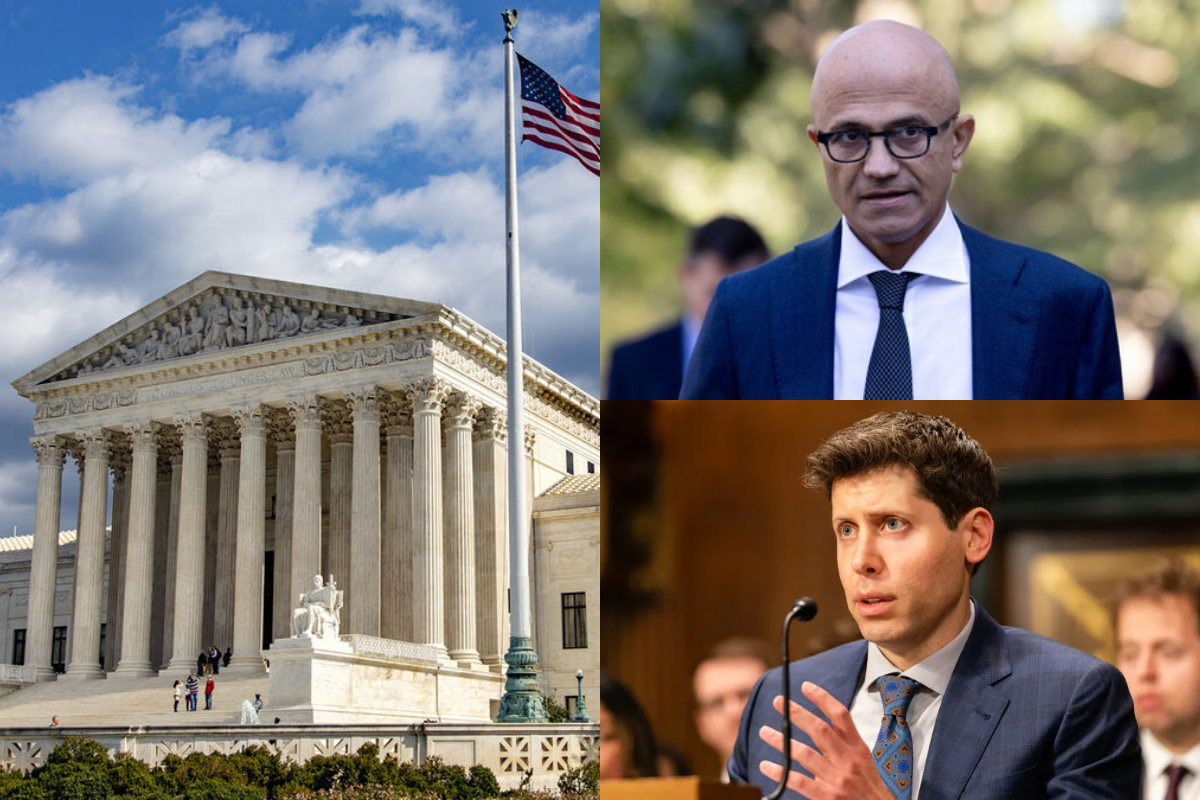- NY Times sues OpenAI, Microsoft for using articles in AI training.
- Dispute focuses on “fair use” in evolving AI landscape.
- Outcome may shape copyright laws for generative AI.
In a recent federal court filing, The New York Times has initiated a legal battle against tech giants OpenAI and Microsoft, accusing them of illegally utilizing “millions” of copyrighted Times articles to train artificial intelligence (AI) models, including ChatGPT and Bing.
This lawsuit has become a focal point in an escalating series of legal disputes where media companies, authors, and artists claim that tech and AI firms are infringing upon their intellectual property.
The crux of the legal matter revolves around the concept of “fair use,” a doctrine that has historically favored technology innovators. OpenAI and Microsoft argue that training AI models qualifies as fair use, citing precedents that acknowledge transformative use of copyrighted materials. The challenge arises because AI systems seem to both remix and memorize copyrighted works during their training, blurring the lines of traditional copyright law.
One aspect of the Times’s case involves the alleged unauthorized “scraping” or copying of articles for training data, while another concerns the AI models producing outputs that closely resemble copyrighted material. Judges, thus far, have been cautious about claims related to the training process (input side), leaning towards considering it fair use. However, the lawsuit provides instances where GPT-4’s output reproduced significant portions of Times articles verbatim.
Legal experts speculate that the precedents set by cases like Google Books may work in favor of OpenAI and Microsoft, emphasizing fair use when the copying serves a different purpose than reproducing the original work. The outcome may hinge on whether the AI outputs are deemed infringing. OpenAI contends that the cited examples are anomalies and that it continuously works to prevent such misuse.
The Times seeks unspecified damages, estimating them in the billions, and requests a permanent ban on unlicensed use of its work. Additionally, the newspaper demands the destruction of any existing AI models trained on its content. As AI copyright cases are relatively uncharted territory, the eventual ruling could have far-reaching implications for the burgeoning generative AI industry.
While some media companies have reached agreements over the use of their content for AI training, a victory for The New York Times could reshape the landscape of the news industry. The case highlights the tension between protecting intellectual property and fostering innovation, with both sides attempting to craft compelling narratives around the benefits and harms of AI technology. As the legal battle unfolds, the ambiguity surrounding AI and copyright law remains a critical issue for the industry.
[embedpost slug=”/xiaomi-redmi-note-13-pro-plus-price-in-pakistan-specs-jan-2024/”]





















